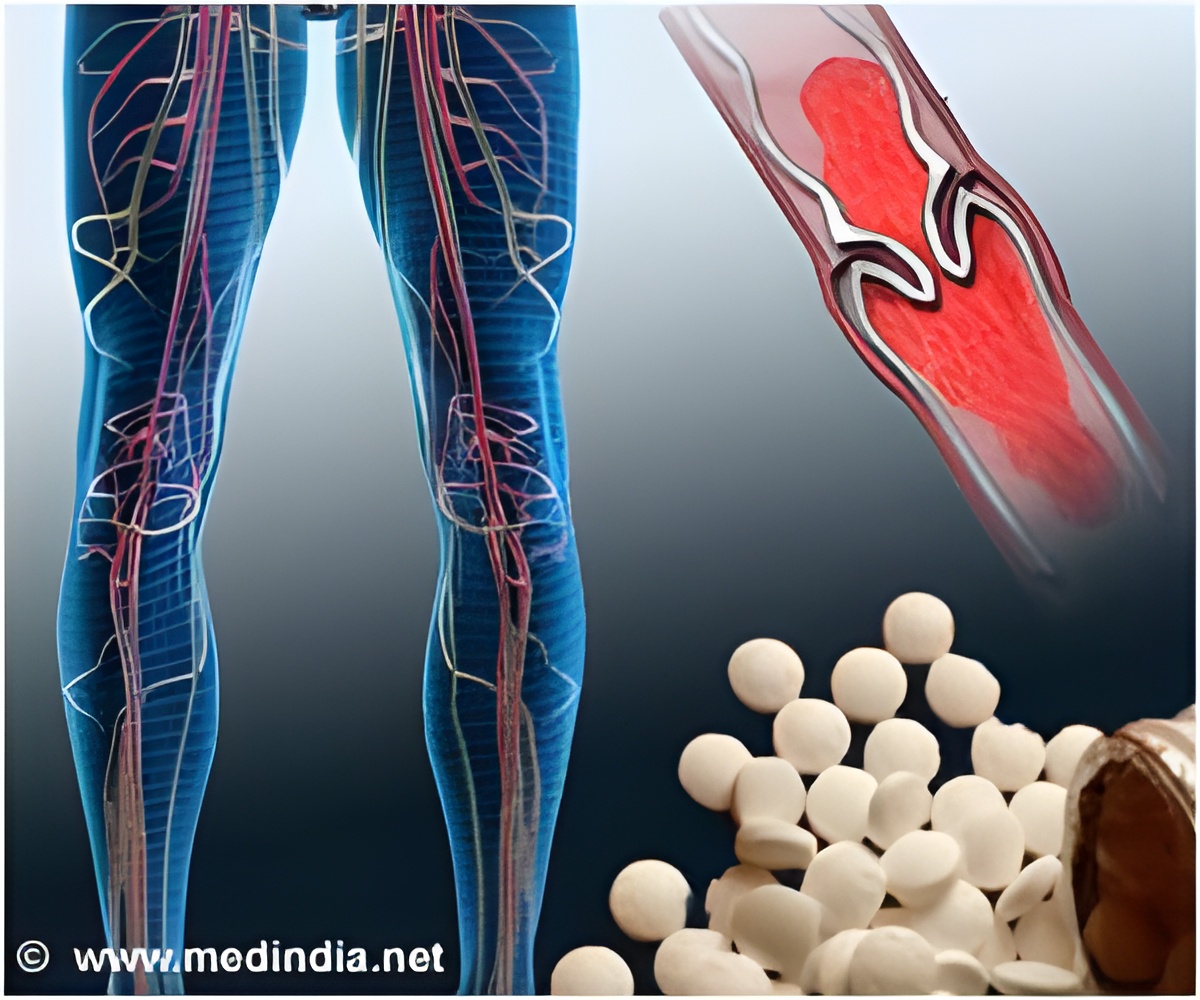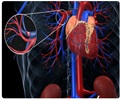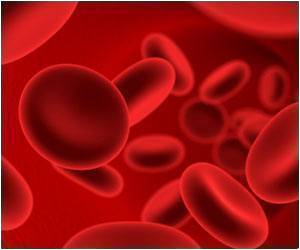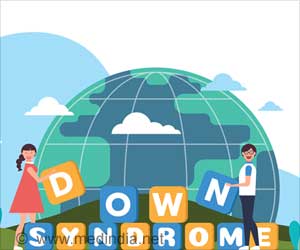Life-threatening blood clots occur so rarely in children that the condition, known as venous thromboembolism (VTE), is often not on pediatricians' mental radar screens.

Now findings of a Johns Hopkins Children's Center study, published online Dec. 12 in The Journal of Pediatrics, may help clinicians determine which hospitalized children are at greatest risk of VTE and require vigilant monitoring or preemptive treatment with anticlotting medications.
The investigators say that in the absence of much-needed pediatric guidelines on VTE prophylaxis in children, the study findings can help guide clinical decision-making for certain categories of hospitalized patients who are at a disproportionately high risk for developing clots. Such categories include older teens and young adults, those with multiple medical conditions, patients with central venous catheters and those with cardiac and renal disease.
The study, which analyzed 15 years'' worth of medical records of thousands of children treated at the Johns Hopkins Children''s Center between 1994 and 2009, found 270 cases of VTE in more than 90,000 pediatric admissions. Despite the miniscule overall VTE rate, clotting risk loomed large in several groups, with older age and the presence of multiple medical conditions carrying the highest risk of VTE. Young adults between the ages of 18 and 21 were eight times more likely to develop a clot than younger children between the ages of 2 and 9. Teens, ages 14 to 17, had a four-fold rate of VTEs, compared with younger children. In addition, teenage girls and young women were nearly two times as likely to develop a clot as males the same age. Children with four or more medical conditions were four times more likely to develop VTE than others.
Other factors that appeared to fuel clotting risk were the presence of central venous catheters, recent surgery and traumatic injuries. Half of the 238 children who developed clots had a central venous catheter, and 40 percent of clots developed in children who''d undergone recent surgeries. When clots developed in infants, they did so predominantly in patients with congenital heart defects. By contrast, clots in trauma patients tended to develop mostly in older teens and young adults.
The research team says that children who fall into more than one category should be monitored extra vigilantly for signs suggestive of a clot.
"Are we saying that every kid with more than one risk factor should be on prophylactic treatment? Absolutely not," says study lead investigator Cliff Takemoto, M.D., a pediatric hematologist at the Johns Hopkins Children''s Center. "What we are saying, however, is that we, as clinicians, should take a closer look at each and every patient with multiple risk factors and gauge cumulative risk - if the chance of clotting appears high enough, then treatment is certainly reasonable."
Considered somewhat of a clinical enigma in children, VTEs have been long recognized as a major threat in hospitalized and immobilized adults. This well-established risk is at the heart of guidelines that call for preventive anticlotting therapy in adults with certain conditions. But because clotting risk in children is so poorly understood, the researchers say, pediatricians often find themselves at a loss when trying to decide whom to treat and when. In addition, because anticlotting medications can cause harmful side effects including excess bleeding and low platelet counts physicians are understandably hesitant to use them preemptively in children.
"Blood clots in children are quite rare, yet when they do occur they can be life-threatening, so treatment decisions often pose an intricate dilemma for clinicians who have to weigh the small risk of a potentially fatal condition against the possibility of serious harm that can come from prophylactic treatment," Takemoto says.
Findings of the new study add to a growing body of research on clotting risk in children. Another recent Johns Hopkins study, published Oct. 30 in JAMA Surgery, found that VTE risk among children with traumatic injuries rose dramatically in those 16 and older. Patients in that age group were nearly four times more likely to develop life-threatening blood clots than their younger counterparts.
Usually arising in the veins of the legs, blood clots can break away and travel to the lungs where they lodge in the arteries, obstruct breathing and cause a potentially fatal condition known as pulmonary embolism. Signs of deep vein clots include pain, tenderness and swelling at the site of clot formation, usually in the legs or arms. Symptoms suggestive of pulmonary embolism include chest pain, rapid and labored breathing, spitting blood and fainting.
Source-Newswise
 MEDINDIA
MEDINDIA




 Email
Email










